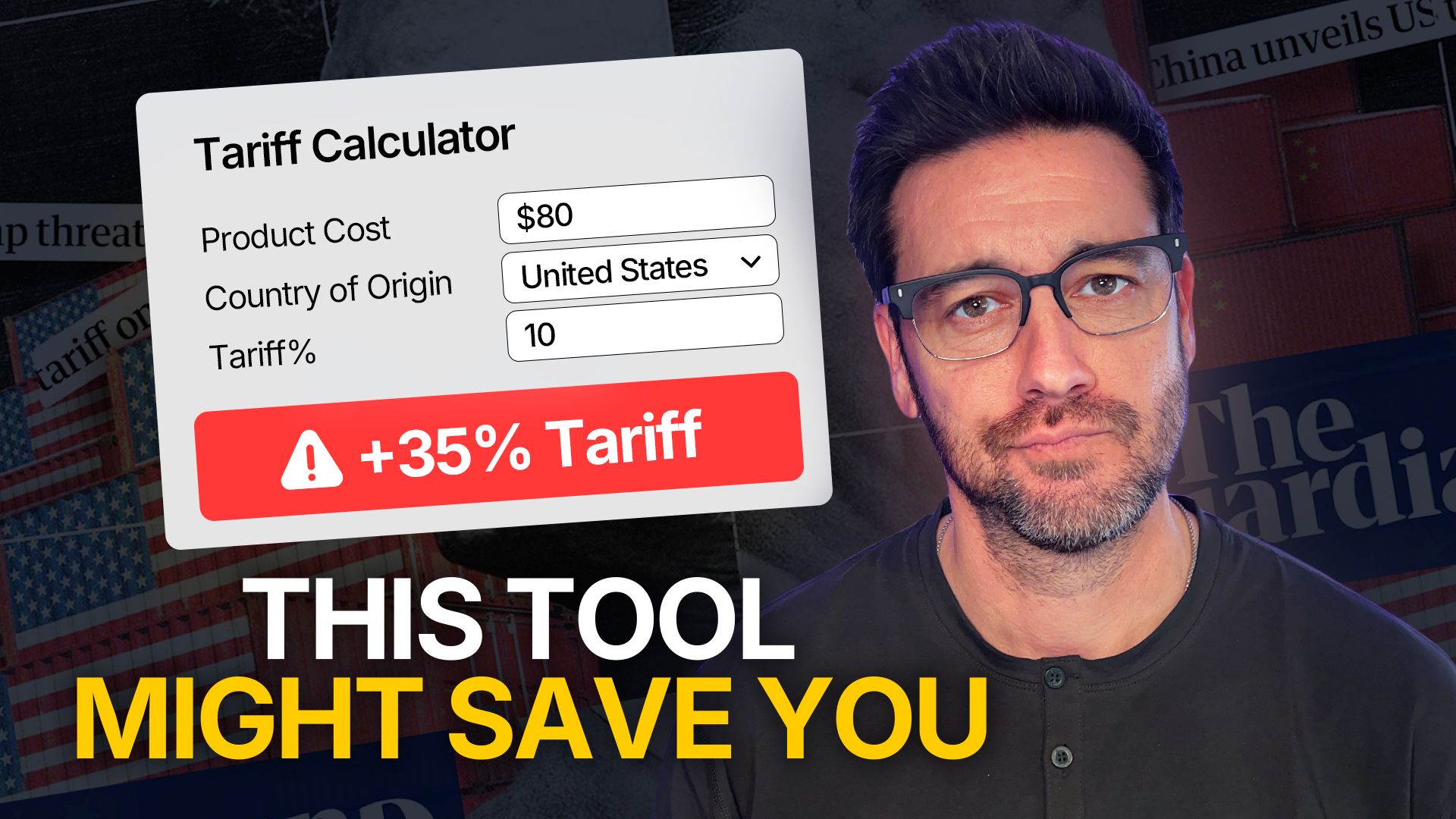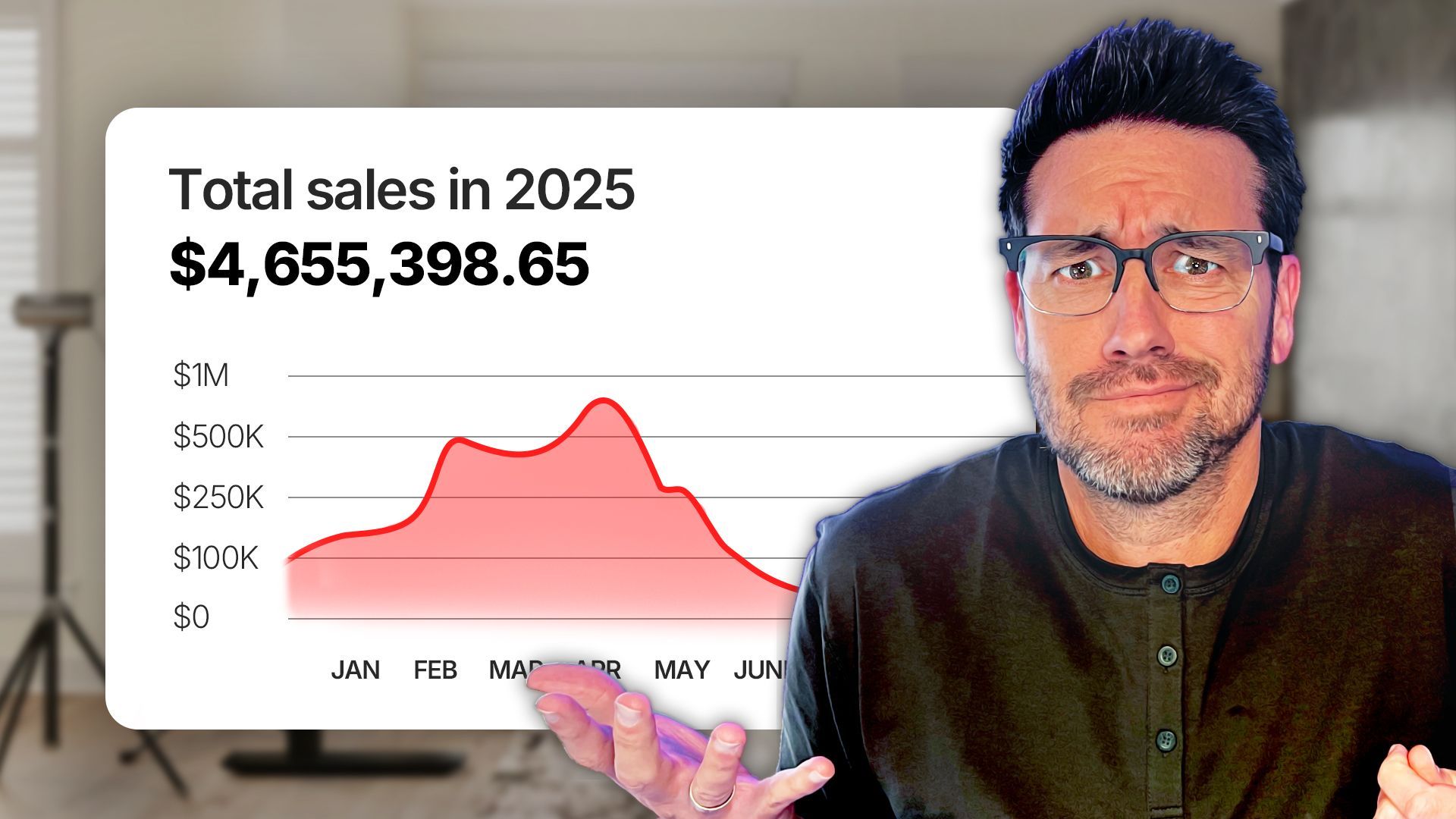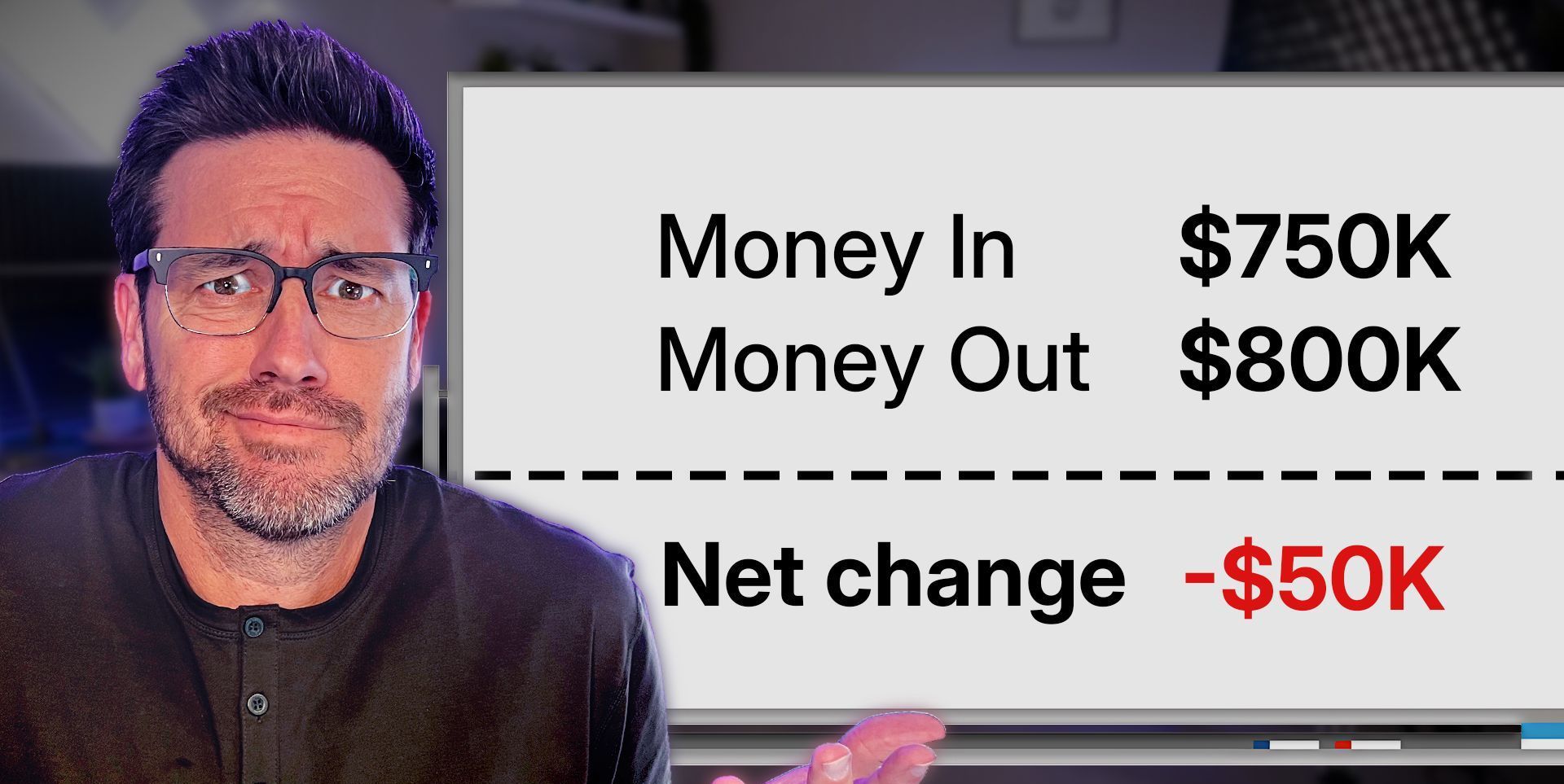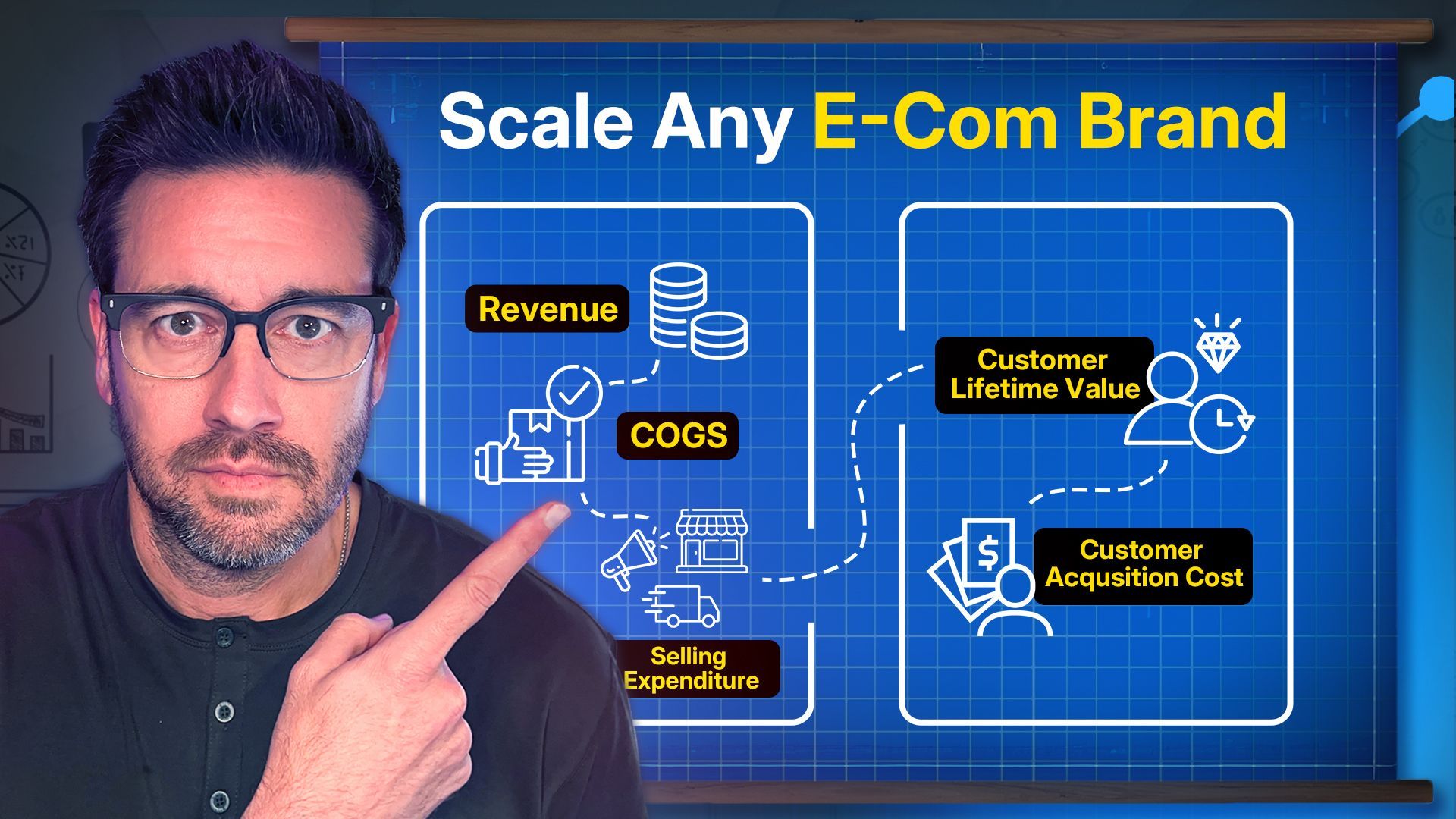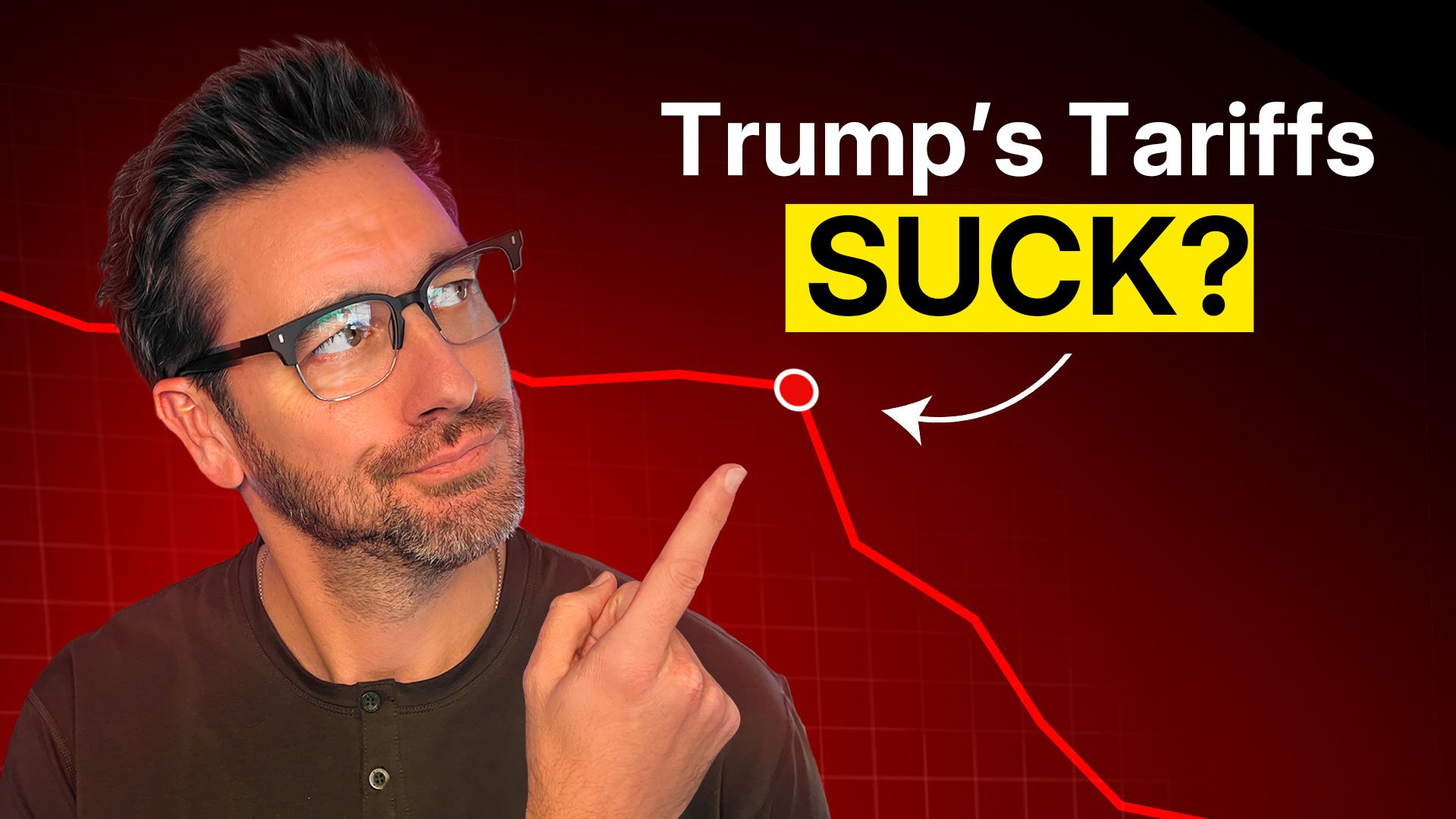5 Cash Flow Strategies for DTC Brands: A Fractional CFO's Guide
Cash flow issues can cripple even the most promising direct-to-consumer (DTC) brands. As a fractional CFO, I've seen companies struggle and fail due to poor cash flow management. But it doesn't have to be that way. In this guide, I'll share 5 powerful strategies to boost your cash flow, improve margins, and grow your DTC brand profitably.
Why Cash Flow Matters for DTC Brands
In the ever-changing ecommerce landscape, having a solid cash flow strategy is crucial. It gives you options to seize opportunities, invest in growth, and navigate challenges. When cash flow is tight, your options become limited, and you may be forced to make tough decisions, like letting go of employees or missing out on lucrative opportunities.
Strategy #1: Optimize Your Cash Conversion Cycle
The cash conversion cycle is the time it takes to convert your inventory investment into cash. For DTC brands, this includes:
- Days to pay suppliers
- Days inventory sits
- Days to collect payment (usually 2-3 days)
To optimize your cash conversion cycle, negotiate better terms with your manufacturer. This could include:
- Extending payment terms (e.g., 20% deposit, 50% when shipped, remainder in 30 days)
- Breaking up large orders into smaller, incremental shipments to avoid inventory sitting too long
This way, you conserve cash flow while still ordering larger quantities to maintain higher margins.
Strategy #2: Implement the Forecasting Triangle
The forecasting triangle involves three key elements:
- Sales forecast
- Inventory requirements to meet sales demand
- Cash flow projections
By forecasting these elements, you can anticipate cash flow needs and make strategic decisions before it's too late. Regularly compare your projections to actual results and adjust accordingly.
Strategy #3: Optimize Customer Acquisition Payback Period
Many DTC brands aim to be profitable on the first customer acquisition, but this may not always be the best approach. Instead, understand your customer lifetime value (LTV) and contribution profit. If you have a strong LTV, you might be leaving money on the table by not acquiring more customers upfront.
Calculate how long it takes to break even on your customer acquisition costs (CAC). If it's within a reasonable timeframe (e.g., 2-3 months), consider getting more aggressive with your ad spend to acquire more customers who will pay you back through repeat purchases.
Strategy #4: Build Strong Manufacturing Relationships
A solid relationship with your manufacturer can unlock numerous cash flow benefits. Negotiate better terms, pricing, and inventory delivery schedules. Fly out to meet them in person if needed – it goes a long way in building trust and understanding each other's business needs.
Remember, your manufacturer wants to make a profit, just like you. Work together to find win-win solutions that preserve your cash flow without sacrificing quality or delivery times.
Strategy #5: Create Revenue Streams During Down Periods
Analyze your historical revenue data to identify seasonal dips or down periods. Then, implement strategies to combat these slumps, such as:
- Blowing out slow-moving inventory to convert it into cash
- Offering subscriptions or annual plans for consumable products
- Running pre-sales for new product launches
By creating alternative revenue streams during slower times, you can maintain a more consistent cash inflow throughout the year.
Frequently Asked Questions
What is a cash conversion cycle, and why is it important?
The cash conversion cycle is the time it takes to convert your inventory investment into cash. It's crucial for DTC brands to optimize this cycle by negotiating better terms with suppliers and managing inventory levels effectively. A shorter cash conversion cycle means improved cash flow and more options for your business.
How can I optimize my customer acquisition payback period?
Understand your customer lifetime value (LTV) and contribution profit. If you have a strong LTV, consider getting more aggressive with your ad spend to acquire more customers upfront. Calculate how long it takes to break even on your customer acquisition costs (CAC). If it's within a reasonable timeframe (e.g., 2-3 months), acquiring more customers can pay off through repeat purchases.
Why is it important to build strong relationships with manufacturers?
A solid relationship with your manufacturer can unlock numerous cash flow benefits. You can negotiate better terms, pricing, and inventory delivery schedules. Building trust and understanding each other's business needs can lead to win-win solutions that preserve your cash flow without sacrificing quality or delivery times.
